

In October 2021, The State Council issued the Action Plan for Achieving Carbon Peaking by 2030, which clearly stated that: "Improve the electrification level of building terminals, and build a 'light storage, direct and flexible' building integrating photovoltaic power generation, energy storage, DC distribution and flexible electricity use". In the building, DC power is taken as the core architecture, connecting distributed solar photovoltaic, distributed energy storage and adjustable energy load, interacting with the power system in a "load-with-source" way, deepening the application of renewable energy buildings. Bringing light storage technology into the spotlight.
As an important field of energy consumption, decarbonization of buildings has been attracting much attention. Photovoltaic + energy storage, as a key technology to achieve the national dual-carbon goal, also provides a new construction idea for the renewal of urban stock buildings. The application of light storage technology in the reconstruction of stock buildings enables the traditional buildings to actively adjust the power taken from the grid according to the relationship between supply and demand of the grid, and the building electricity is changed from rigid load to flexible load, so as to realize the efficient absorption of wind power and photoelectric power by the grid.
Recently, JinkoSolar joined hands with China Construction Science and Engineering Co., LTD., and successfully created a demonstration scientific research project of zero-carbon transformation of a stock building office building in Huizhou, Guangdong Province. Jinkosolar uses Jinkosolar efficient photovoltaic modules and intelligent energy storage system, which is another example of the integrated development of Jinkosolar optical storage technology!
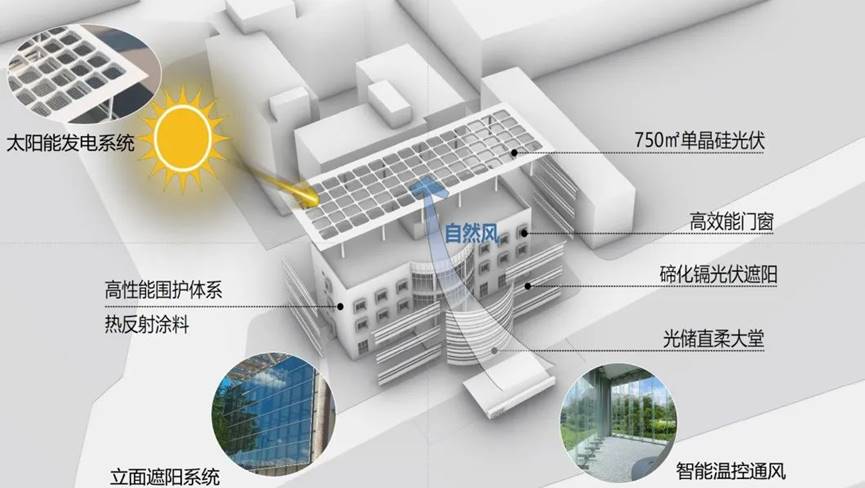
The project retrofitted the south and west facades of the building with cadmium telluride photovoltaic glass with different light transmission rates, and the roof with JinkoSolar's high-efficiency monocrystalline silicon modules to maximize the roof power station area and increase the overall power generation of the project by overhanging overhead photovoltaic design. The installed photovoltaic capacity of the whole building is 162kWp, and the annual electricity output is expected to be 140,000 kWh, much higher than the annual demand of 75,000 kWh. The excess green electricity will be supplied to other buildings in the park, which not only achieves the goal of zero carbon itself, but also gains additional gains.
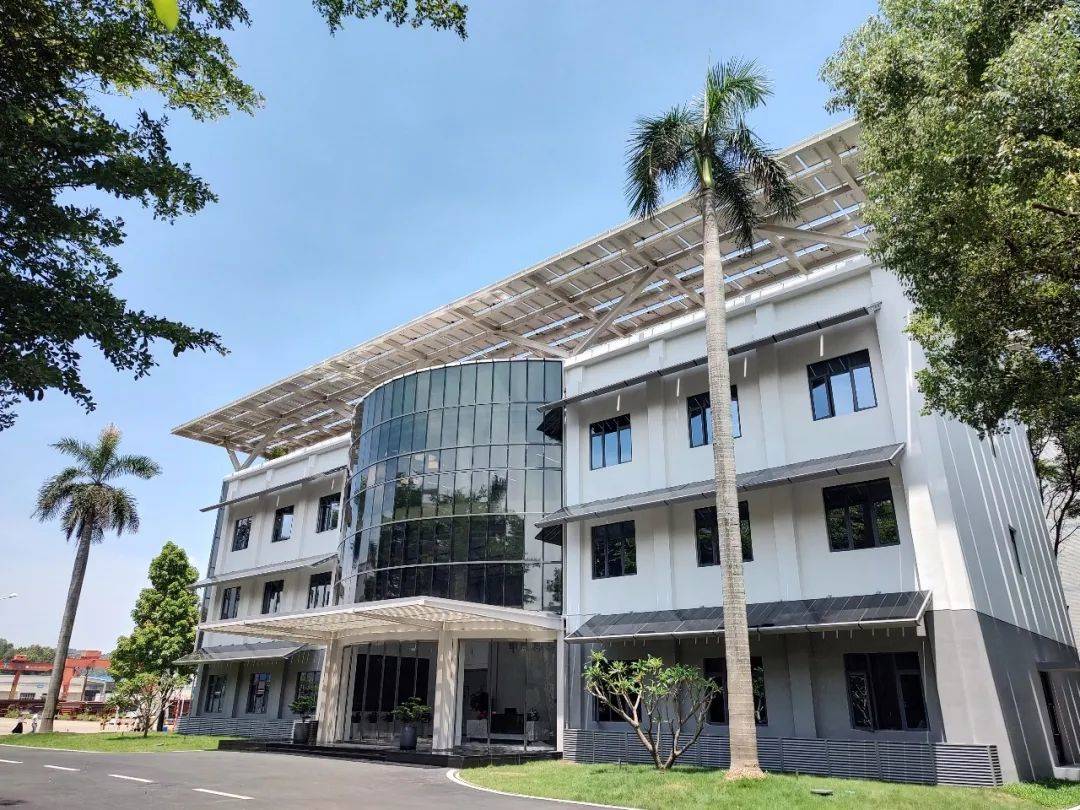
It is worth mentioning that the project not only built a photovoltaic power station, but also equipped with a 250kW/552kwh energy storage system, using 250kW PCS, 250kW DC DC and 550kwh batteries. As the energy control center, the intelligent energy system of "source grid charge storage" is formed through modular integration technology, which includes photovoltaic power generation, efficient energy storage, DC transmission and flexible electricity consumption. It can supply power to the load in the peak period and charge the battery in the low period, improve the economy and security of the power grid operation, and play the role of peak cutting and valley filling.
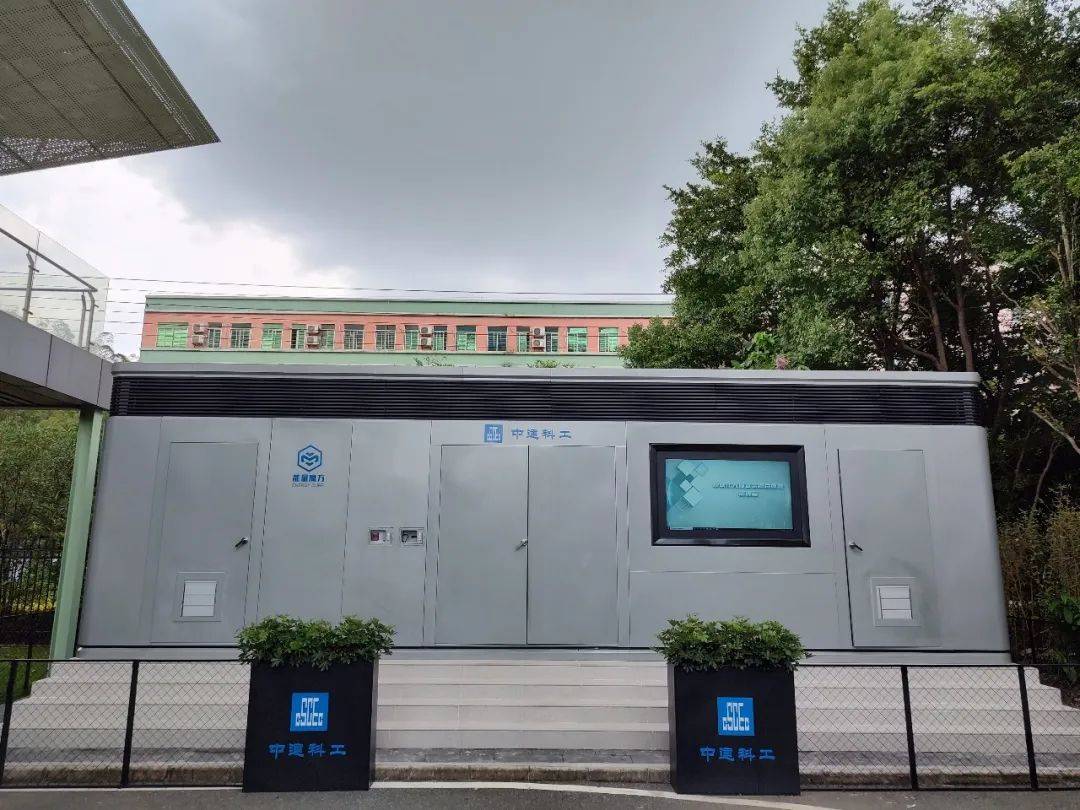
Through the transformation, the energy consumption of the whole building is reduced from 107kWh/㎡·a before the transformation to 50kWh/㎡·a after the transformation, which can reduce 22 tons of carbon dioxide emissions every year, equivalent to afforestation of 2.4 hectares, nearly 40 times of the building area.
In order to realize the high proportion and large-scale application of new energy and support the safety and stability of large power grid, JinkoSolar, the world's most innovative photovoltaic enterprise, deeply develops the integration technology of light storage, brings efficient photovoltaic module products and intelligent energy storage system, through the synergistic effect of light storage, promotes the grid connection and consumption of new energy, promotes the integrated application of light storage, and comprehensively leads the low-carbon transformation of Chinese society!
Photo credit: JinkoSolar
2021年10月,国务院印发《2030年前碳达峰行动方案》,明确提出:“提高建筑终端电气化水平,建设集光伏发电、储能、直流配电、柔性用电于一体的‘光储直柔’建筑” ,在建筑中以直流电为核心架构,连接分布式太阳能光伏、分布式储能和可调节用能负荷,以“荷随源动”的方式与电力系统进行交互,深化可再生能源建筑应用,将光储技术带到聚光灯下。
作为能源消耗的重要领域,建筑脱碳一直备受关注,光伏+储能,作为国家双碳目标实现的关键技术,也为城市存量建筑更新提供了新的建设思路。光储技术在存量建筑改造领域的应用,使得传统建筑可以根据电网供需关系主动调节从电网的取电功率,建筑用电由刚性负载转变柔性负载,从而实现电网对风电光电的高效消纳。
近日,晶科能源携手中建科工,成功在广东省惠州市打造了一座存量建筑零碳改造办公楼示范科研项目,采用晶科高效光伏组件+智慧储能系统,是晶科光储技术融合发展的又一范本!
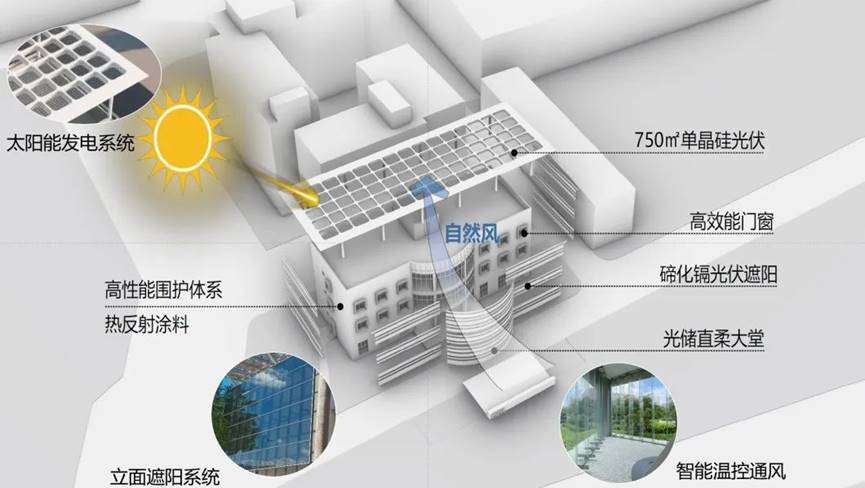
项目改造建筑的南侧和西侧立面,采用了不同透光率的碲化镉光伏玻璃,屋顶则是采用晶科能源高效单晶硅组件,以悬挑架空式光伏设计最大程度增加屋顶电站面积,提高项目整体发电量。整栋建筑光伏装机容量162kWp,预计年发电量14万kWh,远大于7.5万kWh的年需求量,多余的绿电将供给园区其它建筑使用,不仅自身实现零碳目标,还获得了额外增益。
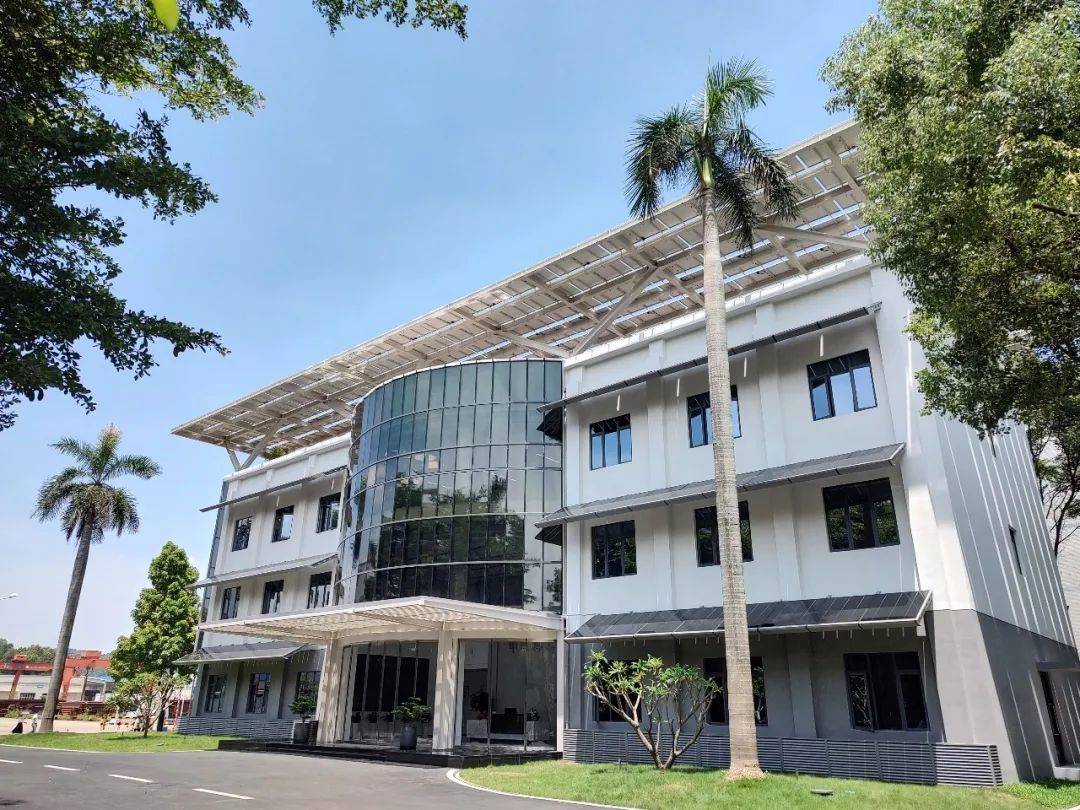
值得一提的是,该项目不仅建设了光伏电站,还配备了250kW/552kwh储能系统,采用250kW PCS、250kW DC DC 以及550kwh电池。作为能源控制中枢,通过模块化集成技术,形成光伏发电、高效储能、直流输电和柔性用电的“源网荷储”智慧能源系统。可在用电高峰期给负载供电,在用电低谷期为电池充电,提高电网运行的经济性和安全性,起到削峰填谷的作用。
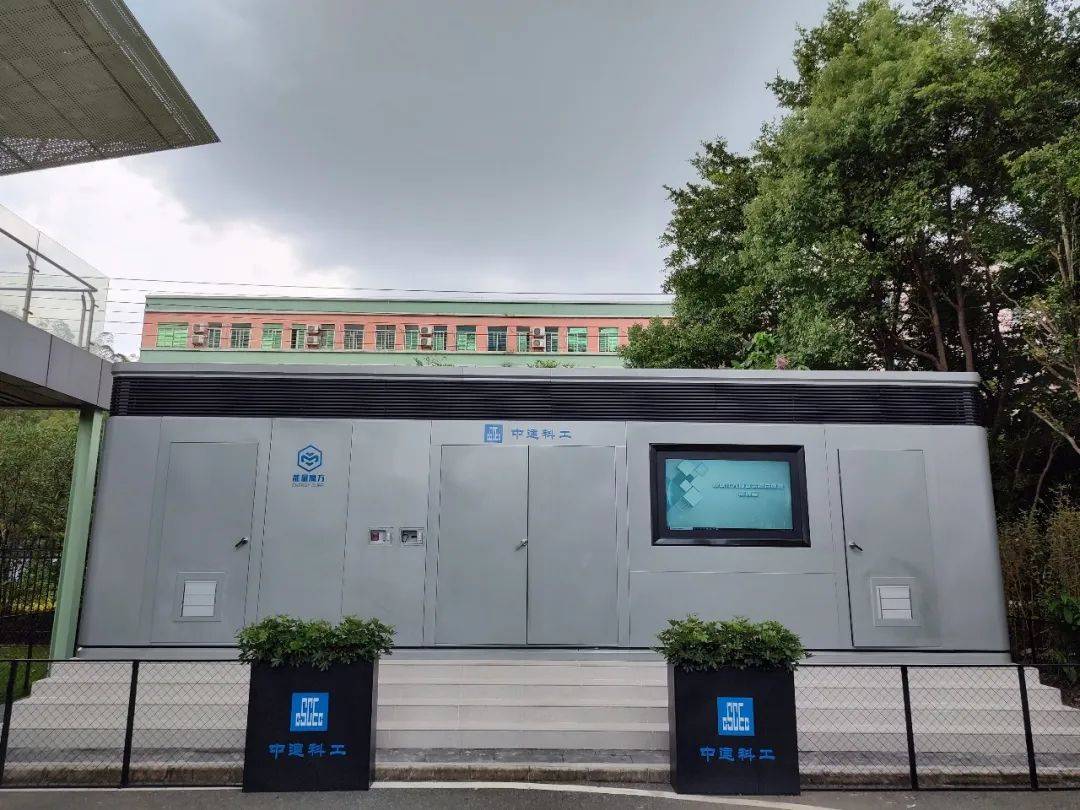
通过改造,整栋建筑能耗由改造前107kWh/㎡·a降低为改造后50kWh/㎡·a,每年可减少22吨二氧化碳排放,相当于植树造林2.4 公顷,接近建筑占地面积的40倍。
为实现新能源高比例、大规模应用,支撑大电网安全稳定,全球极具创新力的光伏企业晶科能源深耕光储融合技术发展,带来高效光伏组件产品与智慧储能系统,通过光储协同效应,助力新能源并网及消纳,推动光储一体化应用,全面引领中国社会低碳转型!
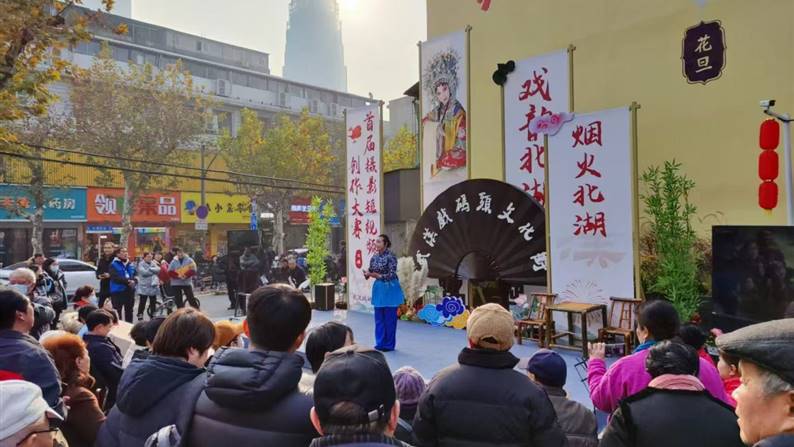
打造绿色低碳街区,奏响幸福美好生活最强音
10-18 · 来源:湖北省武汉市江汉区北湖街道环保社区 · 作者:湖北省武汉市江汉区北湖街道环保社区
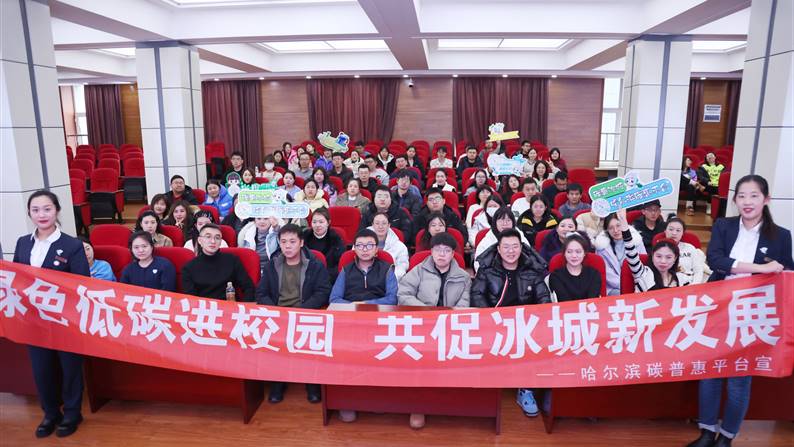
“碳惠冰城”:东北首个市级平台的“双碳”实践与冰城示范
10-15 · 来源:哈尔滨产权交易所有限责任公司 · 作者:哈尔滨产权交易所有限责任公司
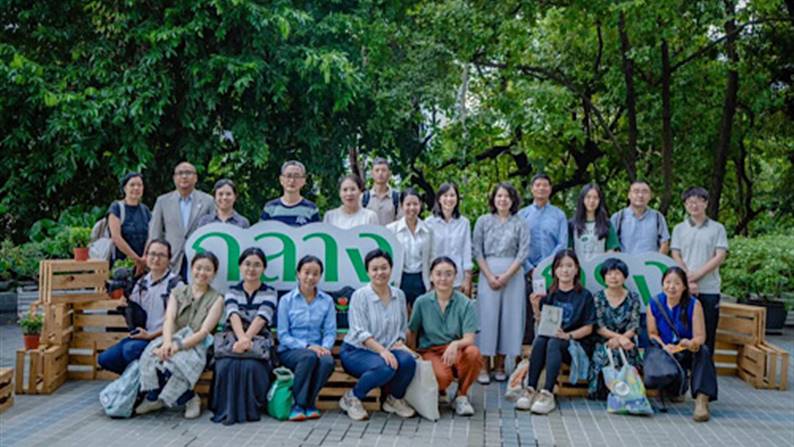
亚洲气候治理新篇章:中国公益代表团参访曼谷气候周,探索跨区域合作新路径
10-10 · 来源:公益时报 · 作者:公益时报